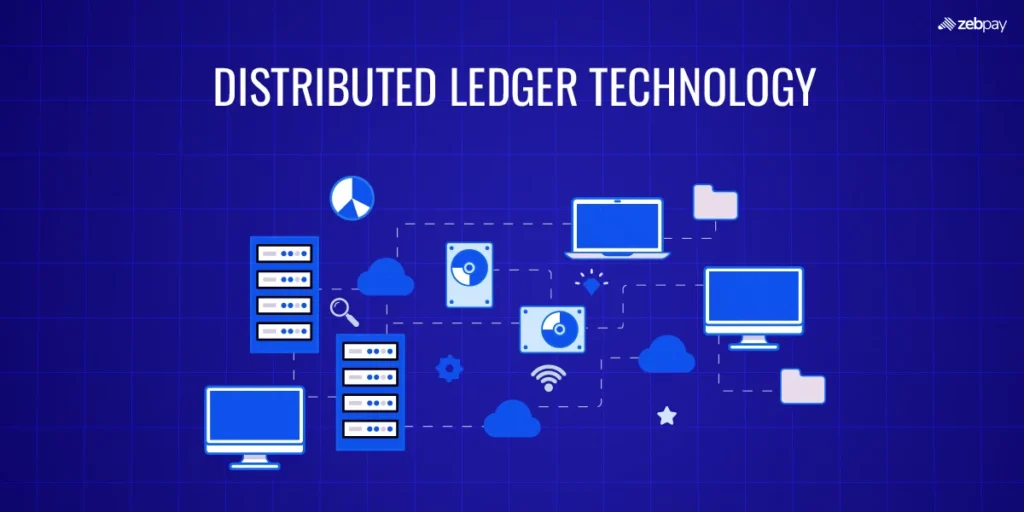In today’s digital world, the need for secure, transparent, and efficient ways of storing data is more critical than ever. Traditional databases are often controlled by a central authority, making them vulnerable to errors, fraud, and cyberattacks. This is where Distributed Ledger Technology (DLT) comes in. Lets learn more about it:
What is DLT?
Distributed Ledger Technology (DLT) is a revolutionary digital system which stores and manages data in a decentralized way. Unlike traditional systems where information is stored on a central server, DLT spreads the data across multiple computers, or “nodes,” in a network. Each node has a copy of the entire ledger, making it transparent, secure, and resistant to tampering.
One of the key features of DLT is that it uses consensus mechanisms to ensure that all parties agree on the accuracy of the data. This makes it an excellent solution for transactions that require a high degree of trust, such as financial transactions.
How DLT Works:
DLT works by distributing copies of data to different nodes (computers) on a network. Every participant can access and update the data, but the changes need to be verified by the network before they are approved. Once a record updates, it stores in a “block” and linked to the previous block, forming a chain. This structure makes it difficult for bad actors to alter past data without being detected, making DLT highly secure.
Example: Blockchain
One of the most well-known examples of DLT is blockchain. It is the technology behind cryptocurrencies like Bitcoin. It records every transaction made using the currency in a block, which is then linked to the previous block, forming a secure chain. Because the blockchain is decentralized, no central bank or authority needs to verify transactions. This increases trust and reduces the cost of transactions.
Blockchain’s use isn’t limited to cryptocurrencies, though. It is being explored for applications in supply chains, healthcare, voting systems, and more. For example, in the supply chain, DLT can track products from production to delivery, ensuring that customers can verify the authenticity and origin of goods.
Key Features of DLT:
- Decentralization: There is no central authority controlling the data. Instead, it is managed collectively by all participants in the network.
- Security: Since every node has a copy of the ledger, any change to the data requires approval from most participants, making it extremely hard to alter records without detection.
- Transparency: All participants can access the ledger, ensuring that the information is visible and verifiable.
- Immutability: Once data is added to the ledger, it cannot be easily modified or deleted, ensuring the integrity of the information.
Conclusion:
DLT is transforming industries by offering secure, transparent, and efficient ways to store and share information. Its applications extend far beyond cryptocurrencies, with industries such as healthcare, finance, and supply chain management adopting DLT for its benefits. As DLT continues to evolve, it is likely to shape the future of how we manage and exchange data.
– Ketaki Dandekar (Team Arthology)
Read more about Distributed Ledger Technology (DLT) here – https://www.investopedia.com/dlt.asp
